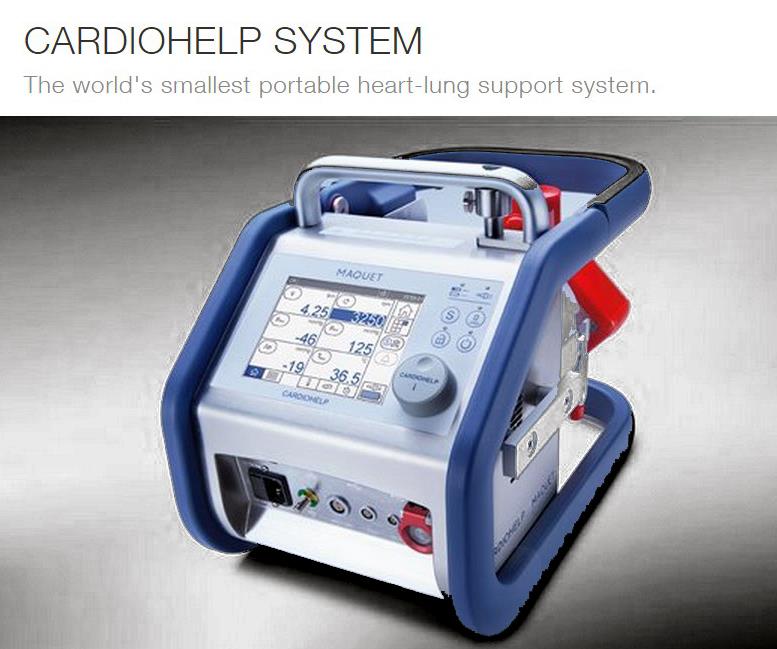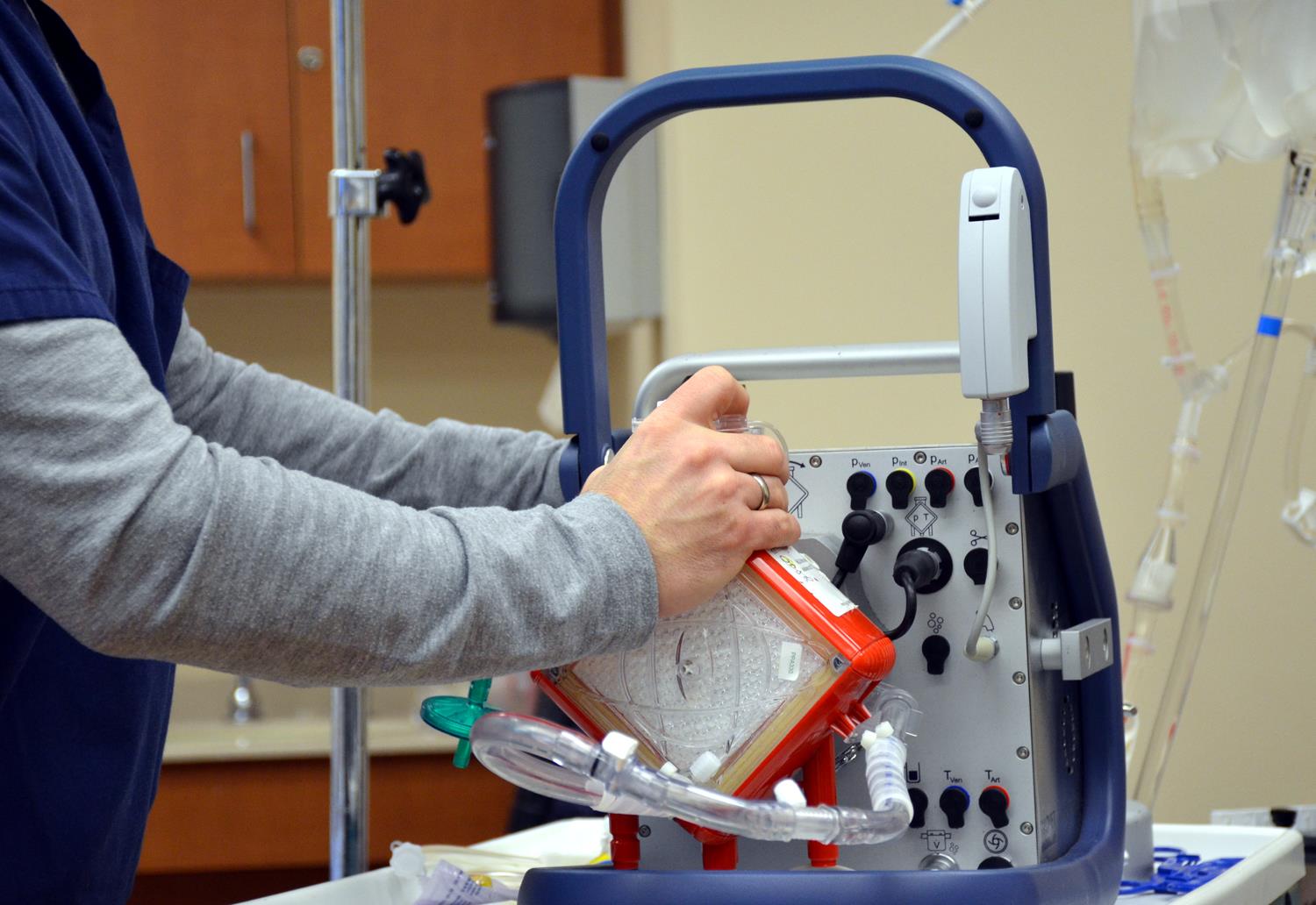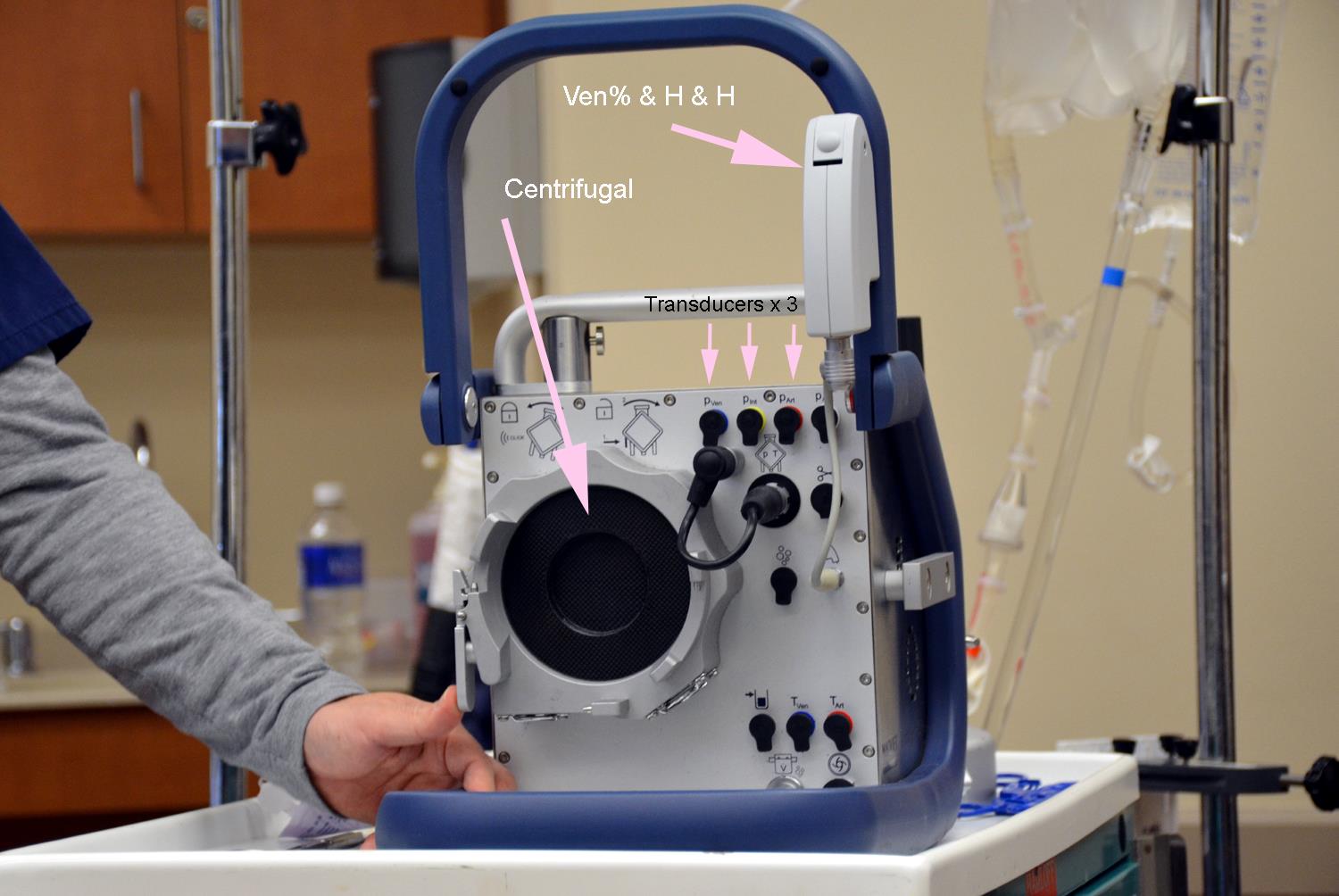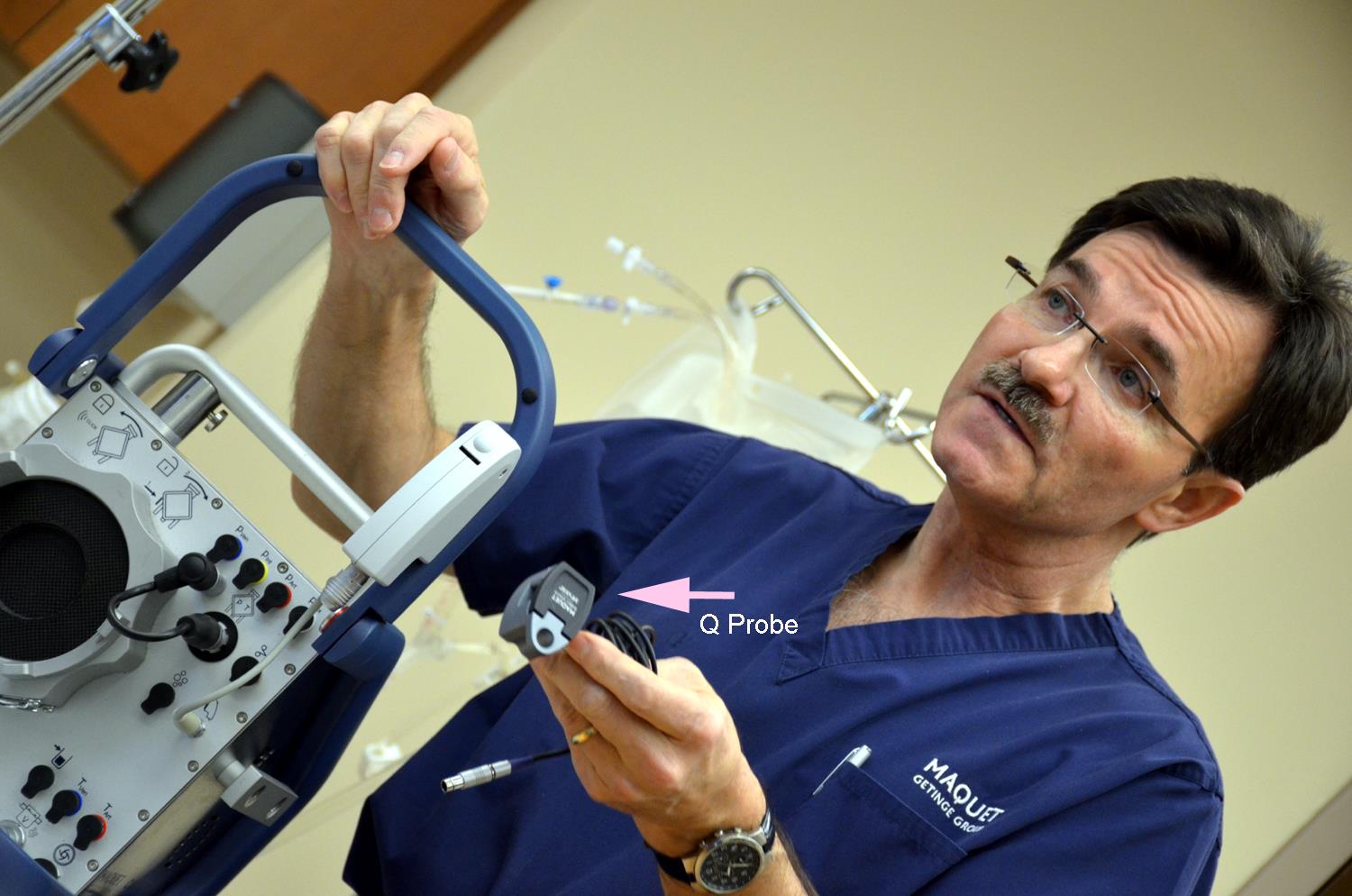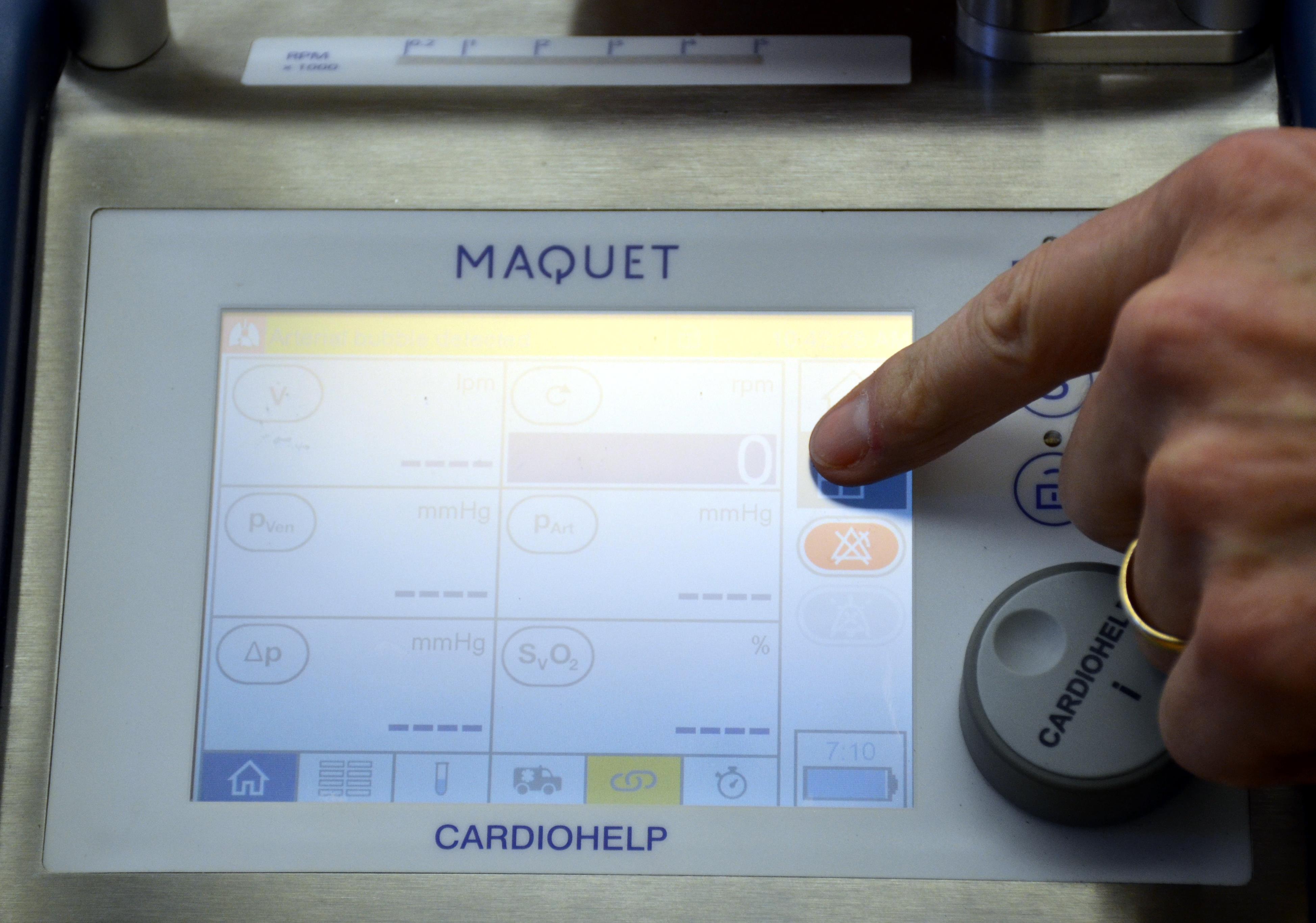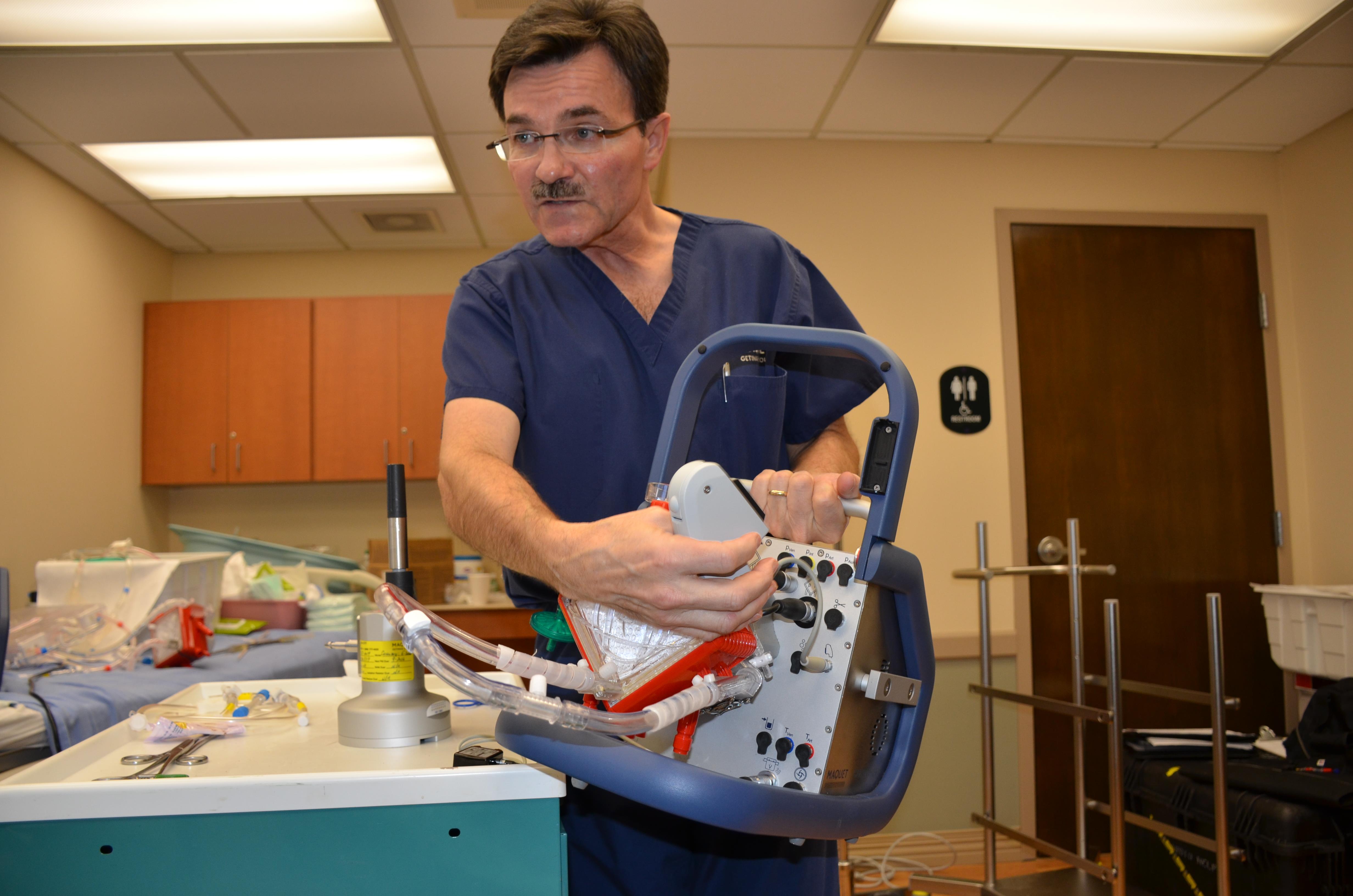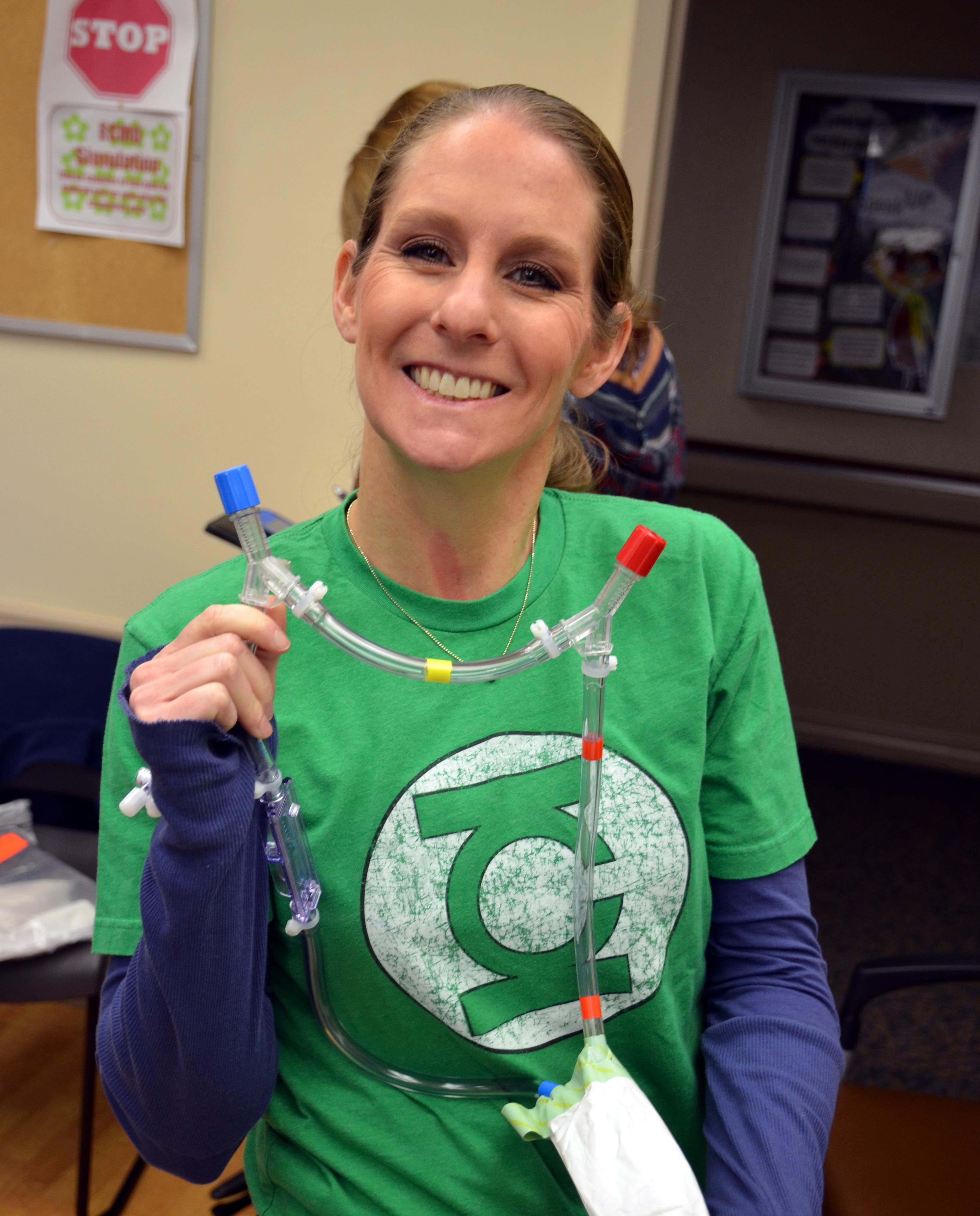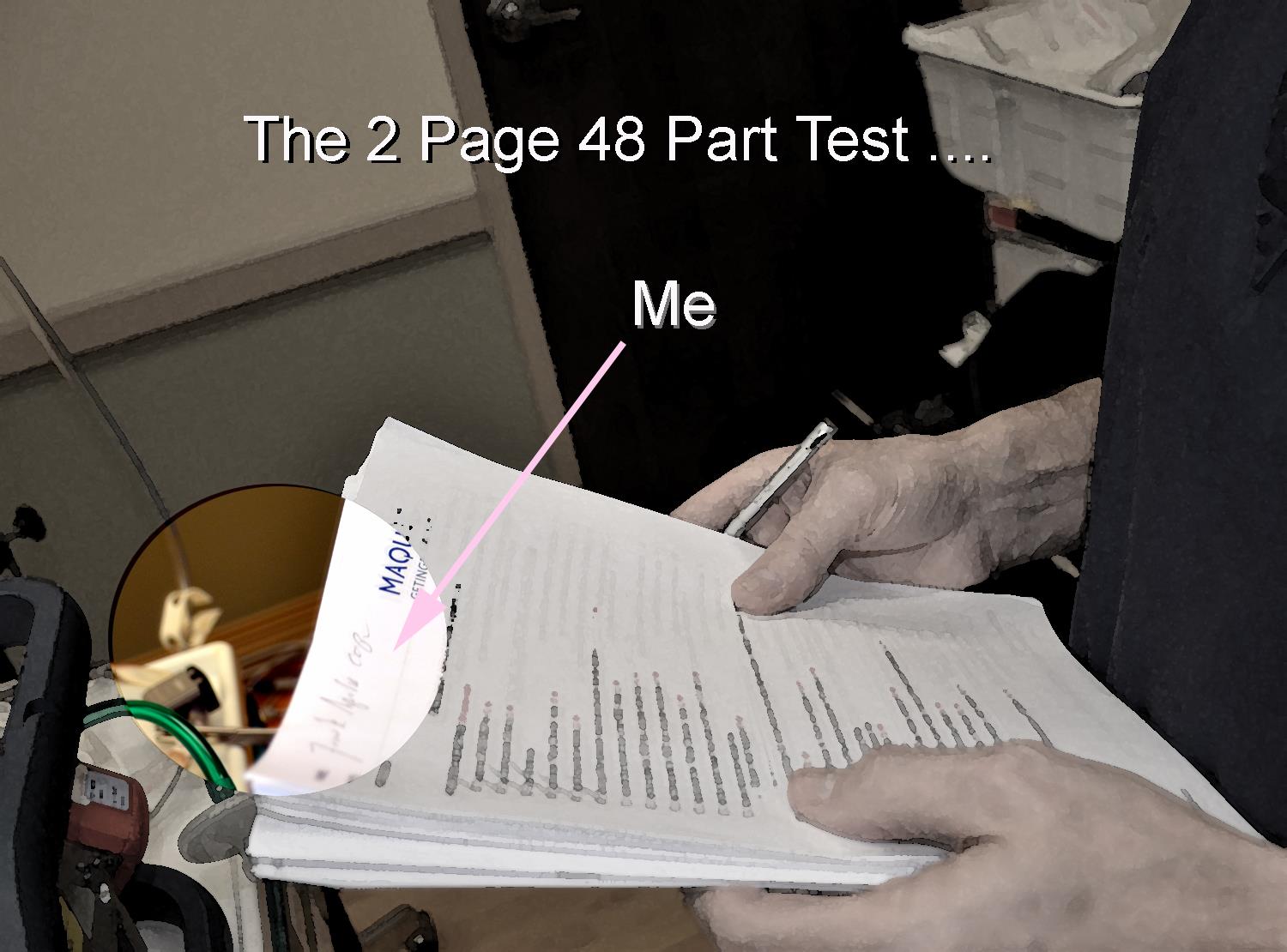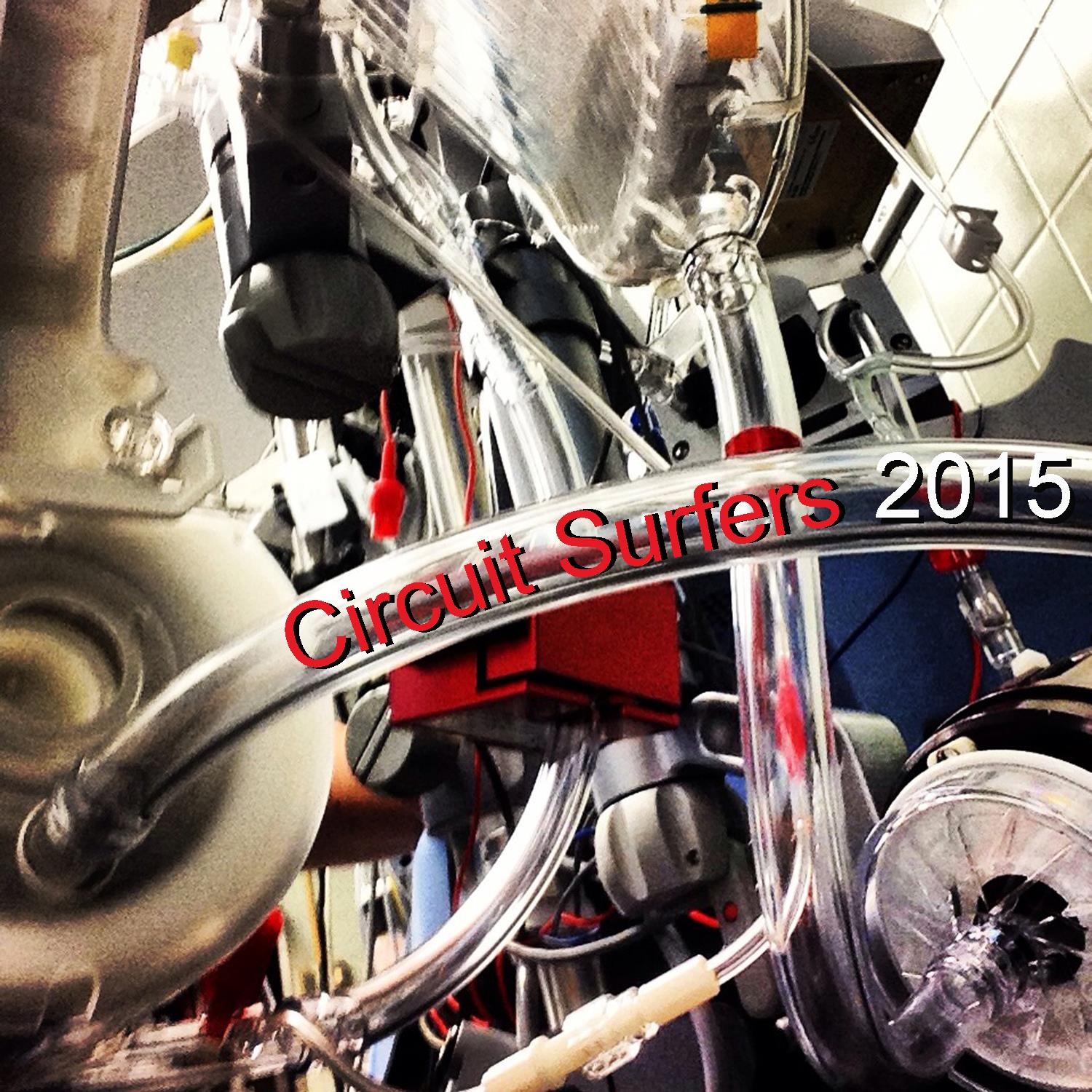CARDIOHELP: An In-Service for MD’s, Perfusionists, & Nurses

Click Image to visit CARDIOHELP website
Editor’s Note:
We are looking at a new system to integrate into our ECMO program, and today we had an in-service from MAQUET, who owns, distributes, and supports the CARDIOHELP ECLS system.
This was a 3.5 hour in-service designed to educate physicians, perfusionists, and nurses. It was offered for three continuous days at our institution to allow for varied schedules, shifts, etc.
So below, I detail the guts of the course, and my perspective on this particular ECLS (Extracorporeal Life Support) system.
Part I : Didactics
This portion kinduv woke me up. I had just finished a quick PRP (Platelet Rich Plasma sequestration) for a non cardiac case, walked into this class a few minutes late with coffee in hand. A few mumbled hello’s, a pleasant surprise at the calibre of the training staff (both perfusionists with significant experience- and clearly better versed with ECMO techniques and concepts than myself…)
We were off so to speak- to the races.
The information delivery here was specific to the similarities and significant differences the CARDIOHELP system implied for the ECMO team. The assumption was that ECMO basics and comprehension were at least well understood and mastered. This is NOT a beginner class.
Centrifugal pump, integrated to the membrane oxygenator (multiple sizes available) substantial pre-assembly, 3 integrated pressure transducers (pre amd post membrane, and venous side pressure monitors), absence of a bladder bag essential for the compliance issues and buffer required for roller head systems, flow probe, an in-vivo Hgb, Hct, SVo2 sensor, and room for attaching 3 pigtail lines for meds etc…
Notably absent was a recirc line/bridge (except for the neonate packs).
The discussion here centered mostly on the implications of the design differences of the CARDIOHELP, from typical rollerhead ecmo systems, how it would impact clinical reactions, and of course migrating from rollerhead mentallity/habits, to centrifugal awareness. There are pros and cons to both systems, but from a safety point of view, I would favor the centrifugal paradigm.
Part II : Clinicals
Above we see the entire circuit. The pump and oxygenator are already attached to the CARDIOHELP console, there is a portable hand crank sitting right in front of it, and it has a convenient post to lock into that makes cranking very easy and uncomplicated.
The table lines are set into a typical line package, for easy opening and delivery to the sterile field. IMO- the lines grip very tightly to the styrofoaam inserts- and are a little clumsy to remove and not contaminate. This effect may have been due to the fact that this setup was repackaged several times during the wet lab- so that may have been the issue.
=
The console itself has a very clean and compact design, and just “feels” sturdy. There are many power options, AC, DC, grounding for transport, it has a memory stick slot to download data, a round knob for adjusting RPM/LPM, and a fairly intuitive touchscreen menu, that has a slight learning curve, but is not too complicate to get you rattled in an emergency.
One thing about the screen and the touchpad… The screen is hard to see- from an angle- probably could use higher contrast and resolution. The touchpads are not as responsive as you might like- but it is probably a function of getting used to exactly where it is you should be pressing.
Last BUT not least: The RPM/LPM Flow knob is small, and dials up very slowly (certainly much slower than most perfusionists are used to). Admittedly, this will be more comforting for nurses or low flow situations, but it does take a bit to dial up to the minimum suggested RPM flow (1500) prior to going on bypass.
=
The centrifugal head is easy to lock into place, and the invivo sensor resembles the ubiquitous CDI (which all of us I am sure have encountered at one point or another), and the probe attaches to the sensor in the same fashion as loading a CDI. The quality of the plastic mounts for locking the probe to the sensor is relatively thin, and can bend with repeated use (which this system undoubtedly endured).
=
The flow probe mounts like any other flow probe- but care must be taken to assure that it is indeed in the direction of flow. I loaded it backwards to begin with, my orientation to the lines and patient were a little off due to the direction I was facing.
Now what is interesting about this system, is that the company recommends a two person team to assemble and prime the circuit. One person doing the physical assembly, while the second person reads off each step- one at a time. I haven’t seen this process employed before, but it is EFFECTIVE, and concise. Certainly it goes a long way to eliminating potential mistakes, as well as giving the staff a sense of reassurance and teamwork.
I highly recommend it.
=
An example of the pressures menu, giving you the option to zero your pressures (this MUST BE DONE WHILE THE CIRCUIT IS DRY), and set pressure alrms and parameters based on your requirements or comfort level.
=
This menu allows you to check on the power status of the batteries (lithium). but I forgot the duration of time that the system can run until power is depleted.
=
The CARDIOHELP system has 3 timers (one is a countdown timer) and also has a data capture system that records all major events (unclear how those are determined), times, etc; which can be downloaded as an EXCEL spreadsheet to a memory stick whenever desired. As seen above, data event recordings can be set to various intervals depending on institutional EMR requirements.
=
This portion of the menu allows you to identify which system(s) you are supporting with this device. The red heart indicates cardiac support, blue heart for pulmonary support, and an option for transport or utilization in the operating room itself. While this is a nice feature (very easy to discern VV verses VA ECMO), I walked away uncertain as to the impact it has on the console menu- or console features.
=
The invivo sensor…
=
Ah yes…. Midge is happy! She is one of our ECMO coordinators, and she LOVES bridges 🙂
Part III : Testing
Yes they test you.
And yes- they test you in front of several educators.
That in my opinion is one of the best aspects of this course design. They will not certify you to use the device if you can’t pass the test, and they are serious about it. I liked the fact that you perform under the pressure of multiple peoples’ scrutiny, as that is exactly what you will be dealing with when you actually do put some on on ECMO or ECLS.
2 pages, and 48 questions/problem solving scenarios.
Part IV : My Impression
- Course delivery: very professional and knowledgeable staff.
- Portability: Excellent.
- Design: Excellent and Compact.
- Console User Interface: Slight learning curve, but simple enough to “work your way through it”. Screen is too dim.
- Touchscreen: Tight areas- need to tap and repeat now and then
- Setup: Very fast, simple, many preconnections, Hanson fittings are very very convenient and useful.
- Priming and De-airing: EXTREMELY EZ, best I have seen or experienced.
- Repriming or mid-pump-run air elimination: Confusing- will need to look at it more closely.
- Safety Features: Bubble detector, allows customizable alarm limits and console parameters to allow the device to intervene and maintain/reduce flow rates or pressure limits. Has backflow recognition and will compensate to “zero flow” if the RPM setting is too low- or other unforeseen events occur.
- Overall: IMO- very safe design, which will keep a lot of people out of trouble.
